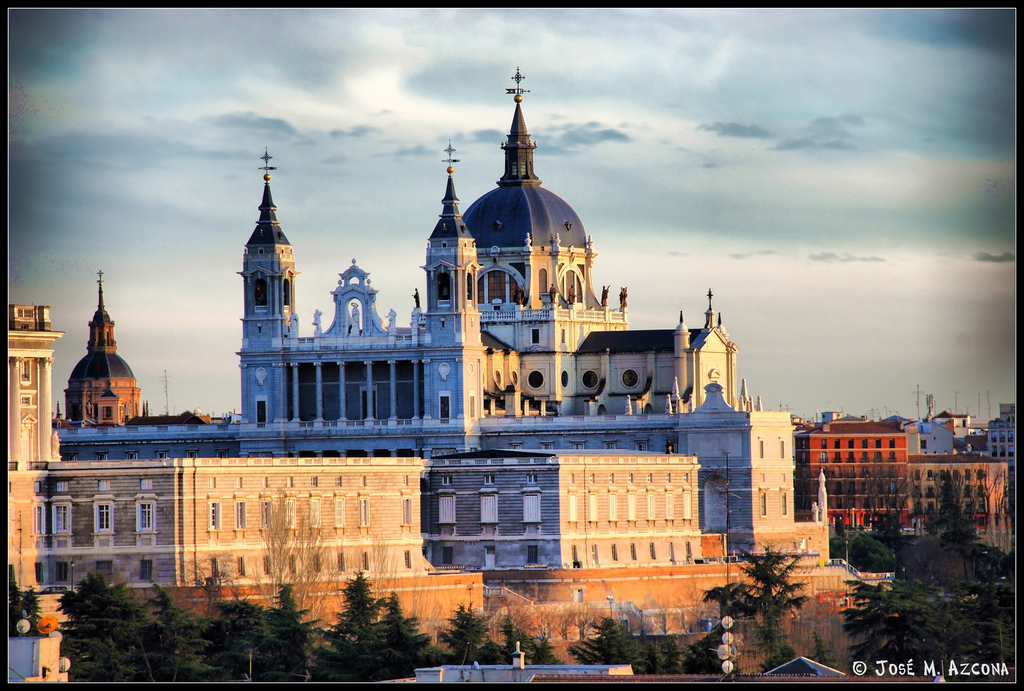Are you traveling to Madrid on an upcoming business trip or holiday? Could you benefit from some ideas with regard to some interesting and special places to visit while you’re in town? Madrid, the capital and largest city in Spain, is jam-packed with unique and extraordinary sites to visit, especially for fans of stunning and majestic architecture. One such place is the Catedral de la Almudena, a church seen as a sanctuary for the city’s large population of Catholic residents. To help you become more familiar with this special structure, below we have provided a little background information, including some words regarding its history, characteristics and location.
Catedral de la Almudena: Overview
The Catedral de la Almudena (Cathedral of Almudena), also known as the Catedral de Santa Maria la Real de la Almudena, is a relatively new structure in Madrid, despite being started way back in 1883. Strange as that may seem, even though construction of the building began in the late 19th century, it was not completed for another 110 years, in 1993. The reason for this very lengthy delay can be largely attributed to the fact that Madrid was once considered part of the Archdiocese of Toledo, which was hesitant, even reluctant to relinquish it.
Plans for the Catedral de la Almudena were accelerated in the early 1990s, when Pope Leo XIII separated Madrid from the Archdiocese of Toledo and created the new Diocese of Madrid-Alcala. While waiting for the new cathedral to be completed, the parish was temporarily housed in the Jesuit College Church of San Isidro. Finally, in 1993, the Catedral de la Almudena was opened and consecrated by Pope Leo XIII, becoming the only church in Spain to have ever been consecrated by a Pope.
The Catedral de la Almudena is named for and consecrated to Santa Maria de la Almudena, a name with Arabic origins, stemming from the term “al mudayana,” meaning “the castle.” According to local legend, during the 8th century, when the Moors invaded the fortress where Madrid now stands, the townspeople hid an image of the Virgin in the city walls, and only when the city was recaptured in the 15th century did those walls crumble and reveal her presence once again. Some versions of the story even suggest that the legendary El Cid found the image in the wall, and with the Virgin’s assistance, took it to the city.
The Catedral de la Almudena showcases a number of different architectural styles, featuring a neoclassical exterior, a gothic revival interior and a neo-Romanesque crypt. It is constructed of both granite and marble, with a large cupola and two towers at the main entrance, all made in the neo-classical style.
The Catedral la Almudena stands very near to the Palacio Real (Royal Palace) separated only by a spacious square known as the Plaza de la Armeria. Unlike most churches, the building is not oriented east to west, but rather north to south, as it was originally conceived as a central part of the Royal Palace complex. A second entrance to the cathedral, located on the Calle Bailén, is known for its impressive bronze doors, designed by the sculptor Sanguino and depicting the discovery of the image of the Virgin.
To get to the Catedral de la Almudena, take the Madrid Metro to the Opera station. The church is open to tour every day from 10:00 am to 7:30 pm, except during those times when masses are in progress.



